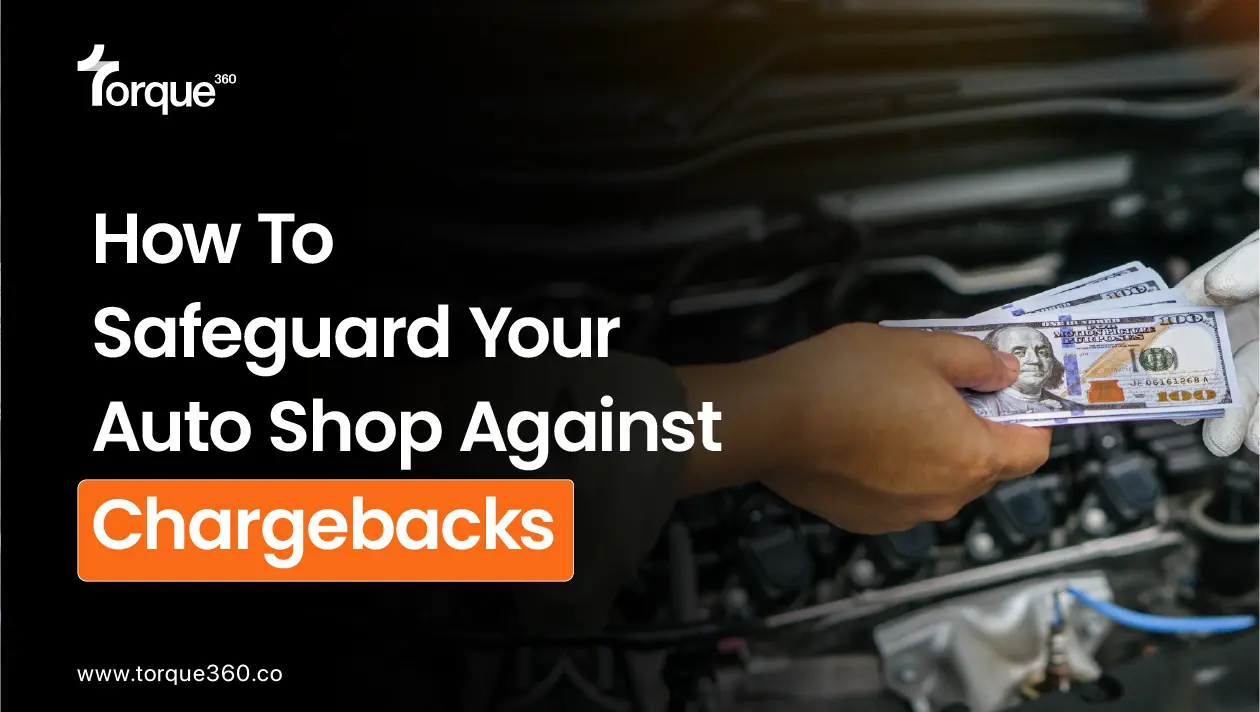A motorcycle’s carburetor is like a plumbing system, with lots of tiny tubes and parts that work together to make sure the engine gets the right mix of air and fuel. Many riders like carburetors because they’re simple and easy to adjust. But over time, dirt, gunk, fuel additives, and other stuff can build up inside, which makes the engine run poorly.
If your carburetor is dirty, you might notice things like trouble starting or keeping the bike running smoothly, bad gas mileage, the engine stalling or jumping, black smoke coming from the exhaust, or the engine getting too hot. Cleaning the carburetor regularly can help fix these problems and keep your engine running well for a long time.
Essential Tools for Easy Carburetor Cleaning!
Before you start cleaning the small jets and passages of your carburetor, make sure you have the right tools. A good carb cleaning kit usually includes:
- Carburetor cleaner
This special cleaner helps break down the gunk inside the carburetor.
- A small cleaning brush
You can use a toothbrush or a small wire brush to scrub off dirt and grime.
- Thin wire or special carb brushes
These help you clean tiny passages and jets without causing damage.
- Safety glasses and gloves
It’s important to protect yourself while working with chemicals and small parts.
- A clean place to work
Keeping your workspace tidy helps you avoid losing small parts and ensures you can focus on the task.
- A repair manual for your specific model
This guide helps you understand your motorcycle’s carburetor and ensures you follow the correct steps for cleaning and reassembly.
If you’re on a budget, you can use some simple tools you already have. Dental brushes, wire hangers, or even an old toothbrush can work to clean hard-to-reach spots. You can also mix regular household vinegar with water to soak parts, instead of using carb cleaner.
One tricky part of cleaning a carburetor is taking it apart. There are a lot of tiny screws and springs, so it’s easy to get confused. Be patient, take your time, and make sure to keep track of each part as you remove it. If a screw gets stripped or a spring gets lost, it can make fixing the carb much harder.
Motorcycle Carburetor Cleaning Tips
Keep your motorcycle running smoothly with regular carburetor cleaning.
Follow these tips to ensure a thorough clean and avoid common issues like clogs and poor performance!
Clean Your Carb Like a Pro
Carburetors are tricky to clean because they have tiny passages and hidden jets that can be tough to reach.
For the outside, spray your carb cleaner and use a brush to scrub off any dirt or grease. The most common spots for clogs are the small idle jets, low-speed jets, and the passages that lead to the emulsion tubes.
These areas are often where the trouble starts, so pay extra attention to them!
Remove the Carburetor from the Bike
Before you can clean the carburetor, you need to take it off the motorcycle. First, turn off the fuel and disconnect the battery for safety. Then, use your screwdrivers and wrenches to carefully remove the carburetor from the engine. Keep track of all the screws and parts so you don’t lose anything!
Inspect the Jets and Passages
One of the most important motorcycle carburetor cleaning tips is to check the jets and passages for clogs. The jets are small, and dirt can easily get stuck in them. Use a thin wire or carburetor cleaning tool to carefully clear any blockages. Make sure the passages are completely clean before reassembling the carburetor. If the jets are too clogged or damaged, it might be time to replace them.
Soaking Your Carb Parts for a Deep Clean
Soaking is a key step in cleaning a carburetor. Different parts and different levels of dirt need different soaking times, from a few hours to overnight. Some parts, like brass, need gentler cleaning than others, like aluminum or plastic. And remember, you should never soak electrical parts like solenoids or sensors, as they can get damaged.
Scrub the Parts
After soaking, use a small brush to scrub away any remaining dirt or gunk from the parts. A toothbrush or a small wire brush works great for this. Be gentle when cleaning delicate parts like the jets and float to avoid damaging them. Use compressed air to blow out any dirt from hard-to-reach areas, like the tiny holes in the jets.
Compressed Air vs. Carb Wires
There’s a big debate about whether to use compressed air or carb-cleaning wires to clean the small passages in a carburetor. Compressed air works well for reaching tight spots but can sometimes push dirt even further inside the car.
Carb wires are gentler, but they take a bit more time and effort to use. The best way to clean might be a mix of both—along with plenty of cleaners and some elbow grease!
Here’s a simple comparison table for “Compressed Air vs. Carb Wires: What’s Best?
| Method | Pros | Cons | Best For |
| Compressed Air | – Great for tight spaces | – Can push dirt deeper into the carburetor | – Reaching small, hard-to-reach areas |
| – Quick and efficient | – Can sometimes be too forceful | – Blowing out loose dirt and debris | |
| Carb Wires | – Gentler, more controlled | – Requires more time and effort | – Cleaning delicate or stubborn areas |
| – Less risk of forcing grime deeper | – Takes more maneuvering to use effectively | – Detailed cleaning of narrow passages |
Fixing Common Carburetor Problems
Even if your carburetor is so clean you could almost eat off of it (but we wouldn’t suggest that!), problems can still pop up. Things like hesitation or backfiring are pretty common. These issues are often caused by problems with the ignition timing or the fuel mixture.
To figure out what’s wrong, try checking the color of your spark plug and looking at the carb’s accelerator pump.
Following the motorcycle carburetor cleaning tips and making sure your carburetor is truly clean on your motorcycle can help you spot and fix the problem!
Adjusting Jets for Perfect Performance
You can also make simple changes to the jets to improve your bike’s performance for different riding styles. By adding or removing shims or changing the mains or needles, you can adjust the fuel flow to match how you like to ride.
Just remember to keep track of any changes you make and be patient—it might take some time to find the perfect setup. And of course, always make sure you have a clean carburetor on your motorcycle before making adjustments for the best results!
The Power of a Clean Carburetor
Keeping your motorcycle’s carburetor clean is really important for making sure your engine runs smoothly and lasts a long time. It helps your bike reach its full power and perform at its best. While cleaning a carb might seem simple, it’s still important to do it right and keep up with regular care. A well-maintained carburetor will make all your hard work worthwhile.
If your workshop could use a little help too, check out motorcycle repair shop software. It makes managing your shop easier, from creating estimates to organizing your work. It’s a great tool to help you grow your motorcycle business!





